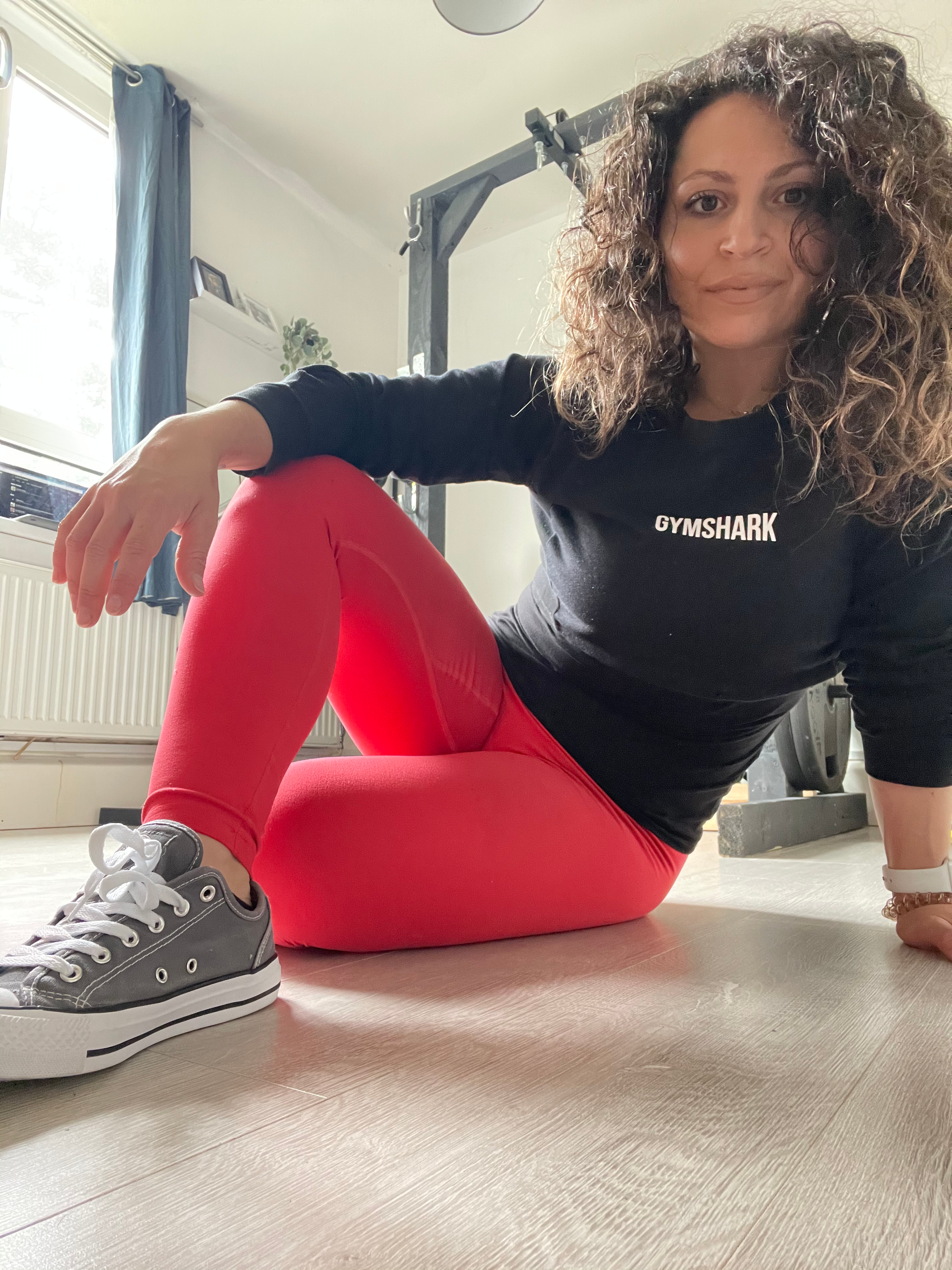Bye bye back pain
- Angela Di Marco

- Dec 16, 2022
- 3 min read
Many suffers from back pain and learn to live with it, thinking that it is normal.
Well let me tell you something, it’s normal NOT to have back pain.
So how do you prevent and or address it?
You need to find the root cause, not learn to live with the pain.
If most of your day is spent sitting at a desk, looking at our phones and sitting on our bums, you are not helping your body to move and feel well.
In fact you are promoting bad posture and unfortunately, the result of these actions can lead to lower back pain.
Overtime when poor posture isn’t addressed, we slowly develop a more anterior or posterior pelvic tilt.
But what’s a pelvic tilt you might ask?
Is a curve that naturally occurs in our lower back but too much can cause unnecessary stress on the spine, stiffness, and complications with range of motion.
How do I prevent my body from developing bad posture ? It’s easier said than done but mostly by being aware of the way we sit (not slouching forwards for example) and by working out which of corse includes stretching and mobility.
My clients know how I always stress so much about the importance of proper muscle activation and good form when it comes to exercise and now I will tell why it relates to this topic.
Your core muscles are there not just to make you look chiselled in your six-pack, in fact, the muscles that make up the core help you execute and stabilize MOST movements you perform in the gym and in everyday life.
When your core isn't strong enough your whole body, ESPECIALLY your back, suffer.
A strong core needs to be able to provide balance, support, strength and efficiency during movement patterns.
When one of these are lagging, the stress can be felt in the back. When you don't engage your core during deadlifts, for example, where do you normally feel tension and stiffness after?
Most core muscles attach to the spine, so when they are weak, there will be a direct effect on the back.
When you are executing any sort of movement or exercise, you want the appropriate muscles to engage to ensure the most efficient and safest movement pattern. This means you want the agonist muscles (or primary muscles) to fire and contract when it is required of them.
When this doesn't happen, you run the risk of overloading other muscles, hence causing stress which results in aches and pains.
Tight hamstrings pull on what is known as the ischial tuberosity, or the "sitting bones", which draws the pelvis back. The hip flexors attach to the lower back, so when these muscles are tight, there is an effect on the muscles in the core and back.
The next time you have tight hamstrings or hip flexors, pay attention to how the rest of your body feels. Does your posture feel off? Maybe you feel some lower back tension? A lot of time, we associate the pain we feel as the root cause of the dysfunction, but that is not always the case.
In fact you have learned today that back pain isn’t just there cause your back hurts but can be caused from poor posture, poor core activation, tight hamstrings or hip flexors.
When muscles are tight, not only is it uncomfortable, but you can bet that there will probably be some muscle imbalances, pelvic misalignment, and postural issues as well.
Whatever the reason may be, there are ways to address back pain and these are, well I hope you know by now: stretching, strengthening your whole body or/and adjusting your posture.
With these all in your toolbox, you will be able to kiss your back pain goodbye.
You’re welcome 🙏



Comments